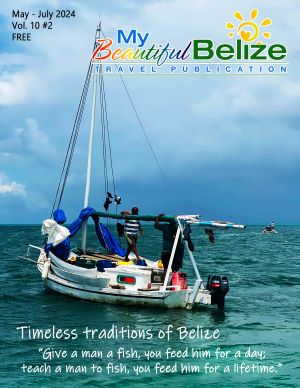The Lubaantun Archaeological Site is nestled within the Rio Grande basin in the Toledo District.
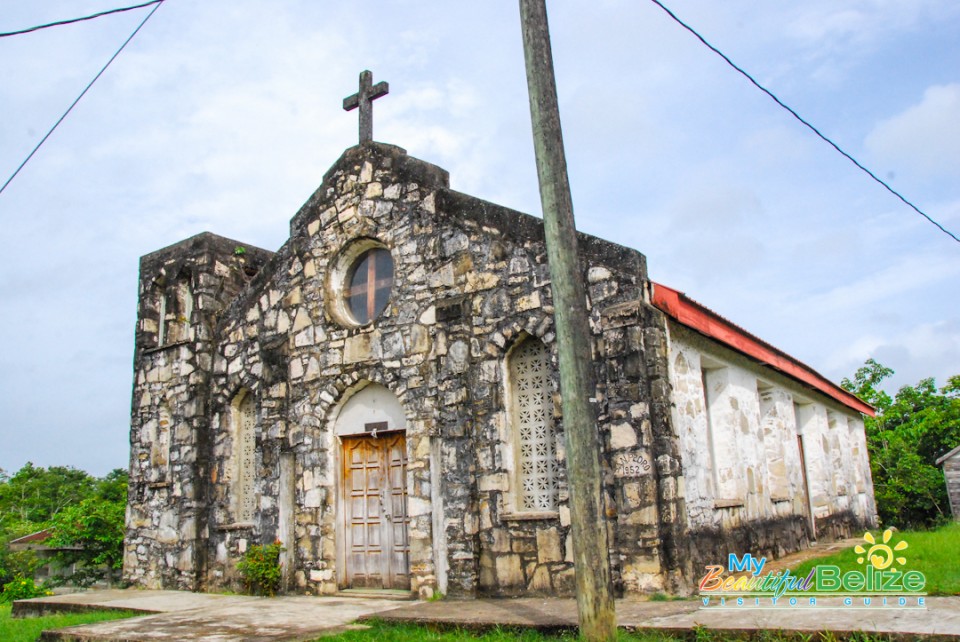 It is a Late Classic Maya site, and getting to it one travels through picturesque San Pedro Columbia village.
It is a Late Classic Maya site, and getting to it one travels through picturesque San Pedro Columbia village.
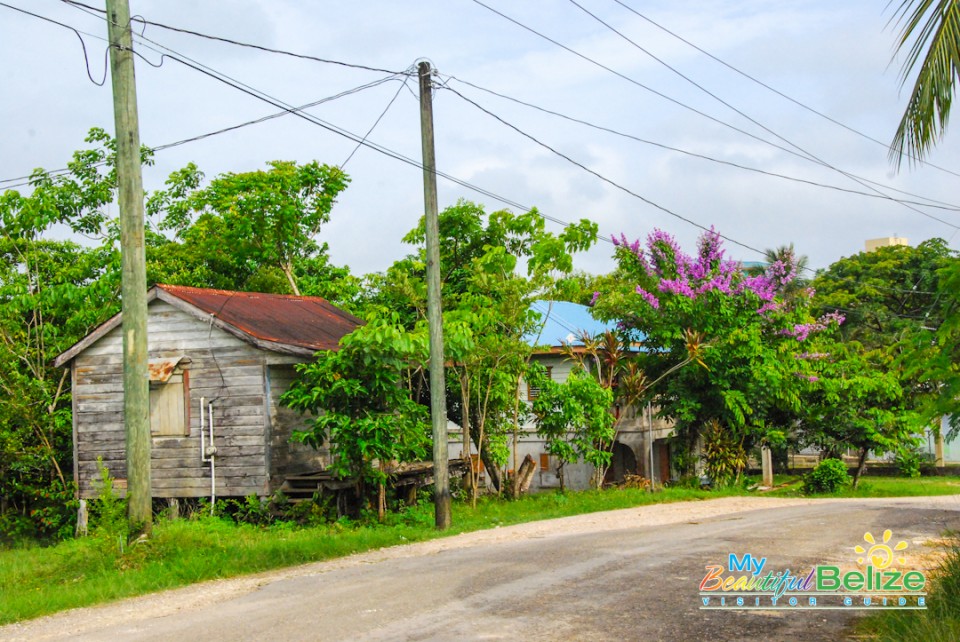
Known as “The place of fallen stones”, Lubaantun’s structures truly look the part.
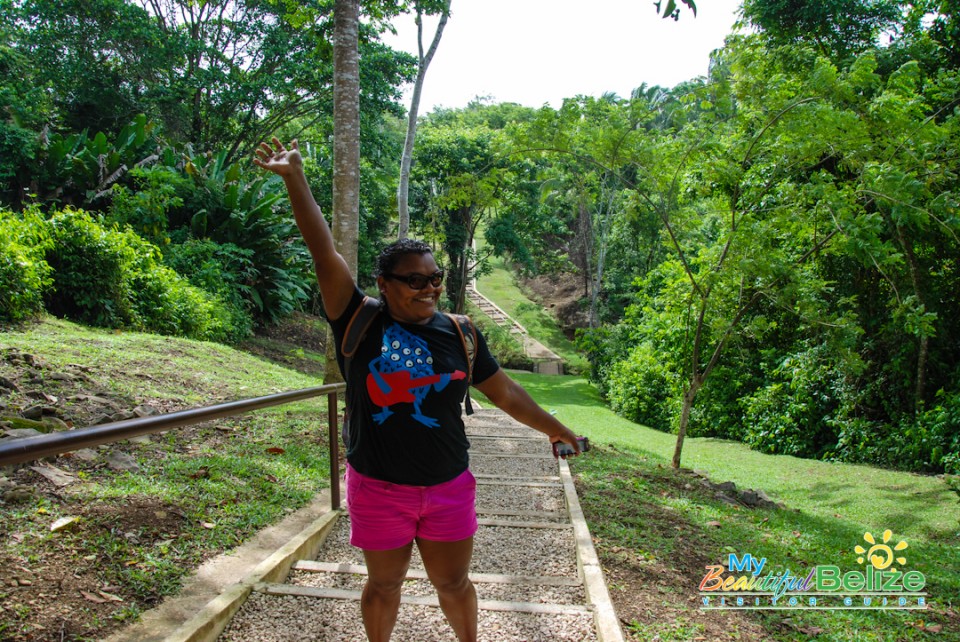 Once we’ve navigated the nicely paved steps down one steep hill and up another steep one, we come up to the visitor’s center where we pay our $5 Belizean’s fee and have the site all to ourselves.
Once we’ve navigated the nicely paved steps down one steep hill and up another steep one, we come up to the visitor’s center where we pay our $5 Belizean’s fee and have the site all to ourselves.
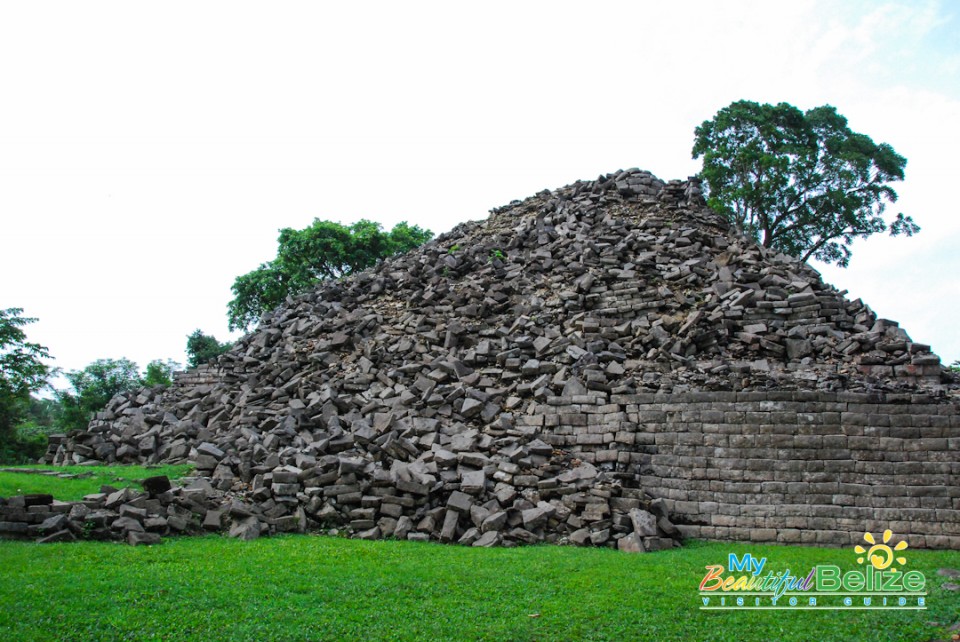
The fallen stones are immediately noticeable: when one mentions the words “Maya Ruins”, some of the temples at Lubaantun would probably fit the bill…but honestly, the further in we went, we noticed a pattern.
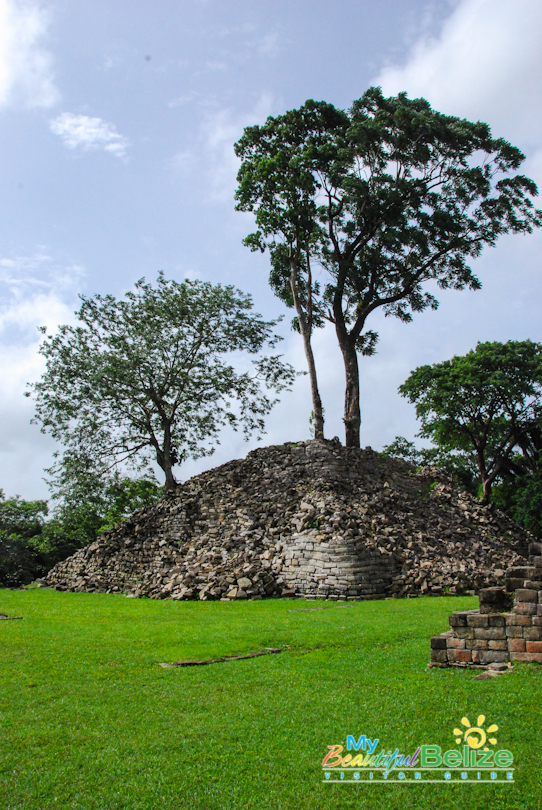
The stones were laid in such a way, they looked ‘fallen’…like happy accidents. But they certainly held up!
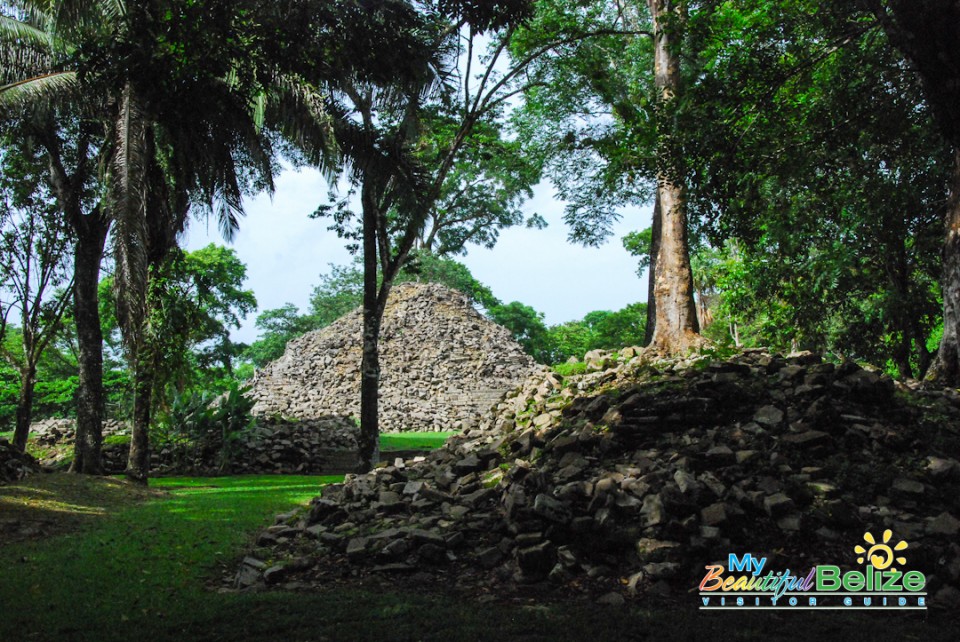
At the top of one of the main clusters, we could feel an incredible rush of wind blowing at us. The day had started off sunny and hot – humid heat – but at this spot, we cooled down almost instantly. To our right, a mango trees dropped luscious fresh fruit for us to pick.
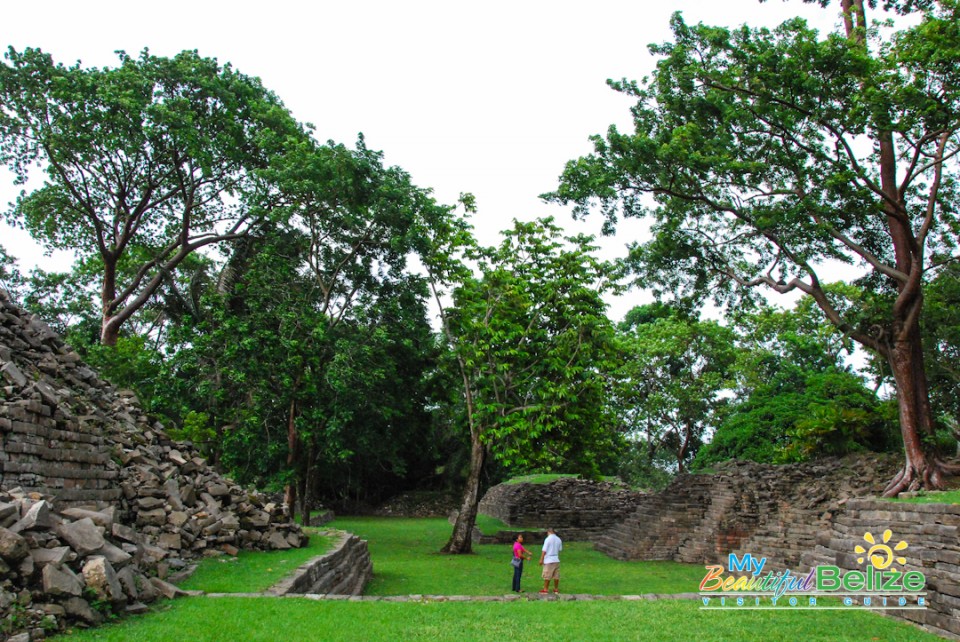
Once we moved to other areas around the site, the heat came right back.
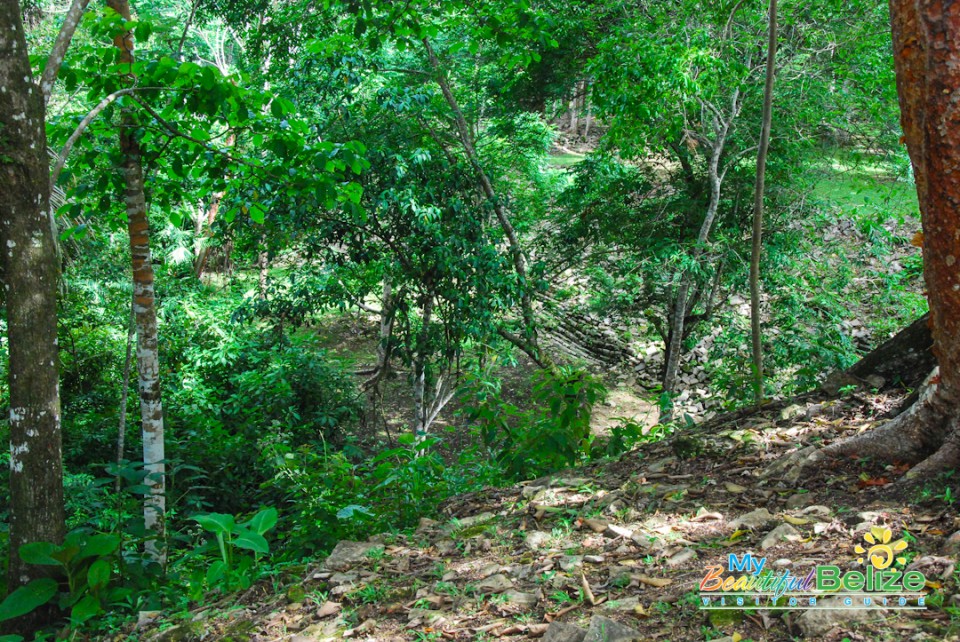 We explored most of the site, even clambering down to the creek that runs alongside the edge of the property. There we washed our mangoes, eating them like we’d never had this fruit before!
We explored most of the site, even clambering down to the creek that runs alongside the edge of the property. There we washed our mangoes, eating them like we’d never had this fruit before!
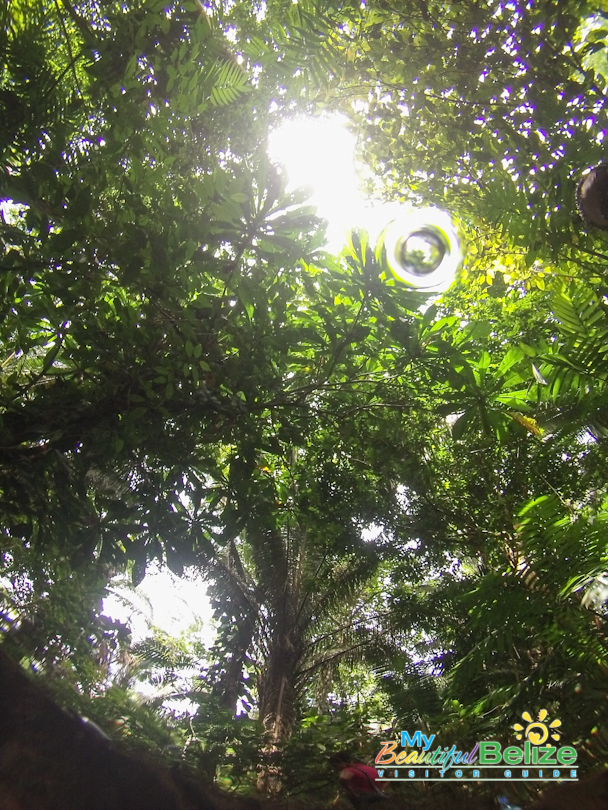 We had no guide, so our tour didn’t include the sort of information about each location we were wandering through. But I’ll tell you, the presence of long-ago spirits still weighs in these areas. We had no doubt that we were in a sacred location.
We had no guide, so our tour didn’t include the sort of information about each location we were wandering through. But I’ll tell you, the presence of long-ago spirits still weighs in these areas. We had no doubt that we were in a sacred location.
Some vital facts on Lubaantun: the site is well known for its mass of mould-made ceramic whistle figurines, metates (grinding stones) and manos (grinding tools), and its “stepped” (stair-like) architecture. Lubaantun has three ballcourts, to the east, west, and south of the major religious buildings. Given its size, the lack of carved stone monuments (stelae) at Lubaantun is a curious point of interest.


